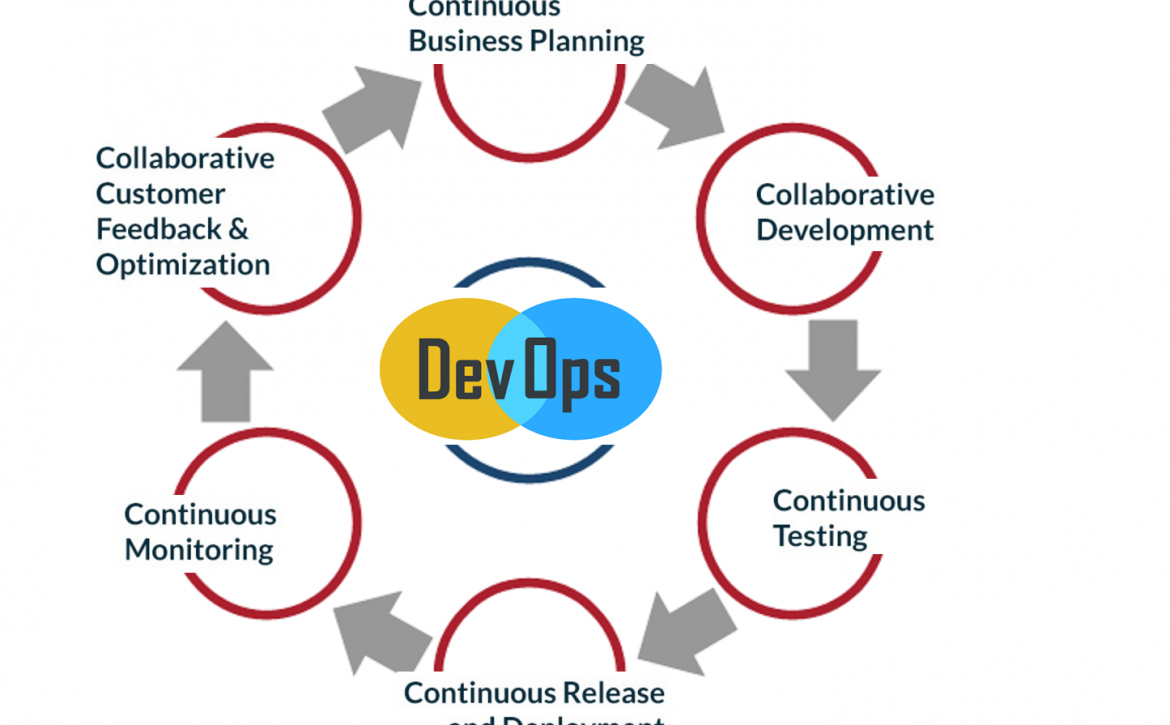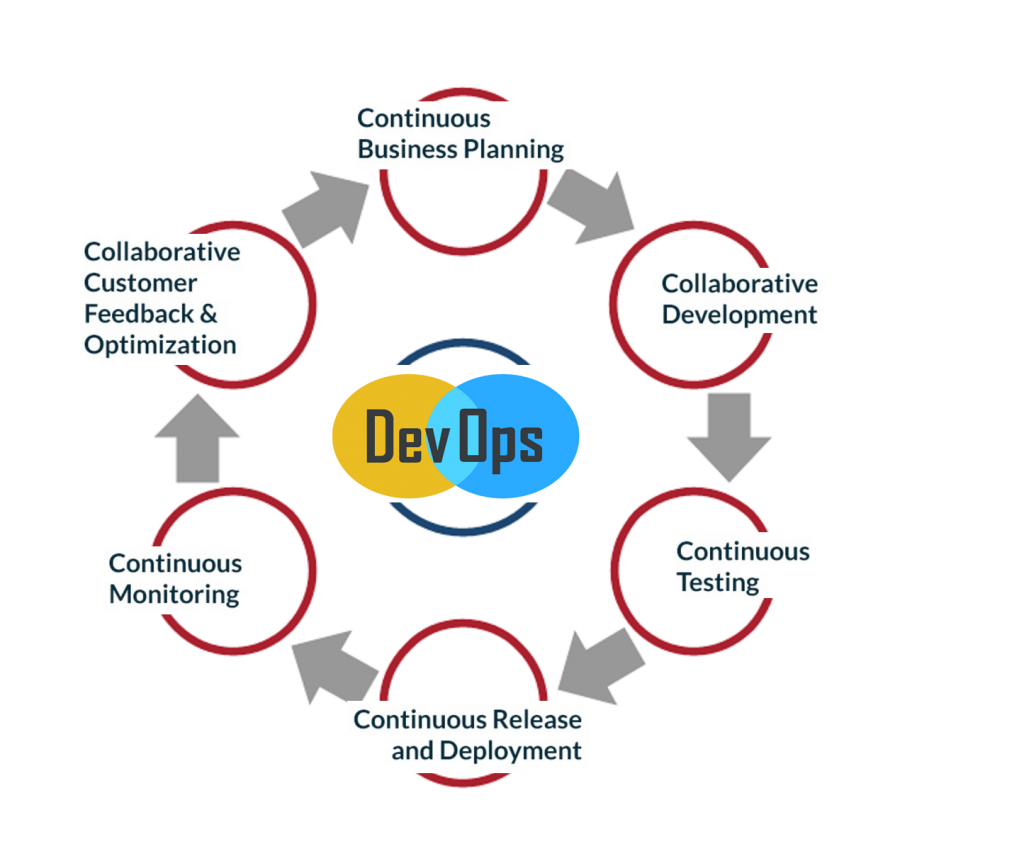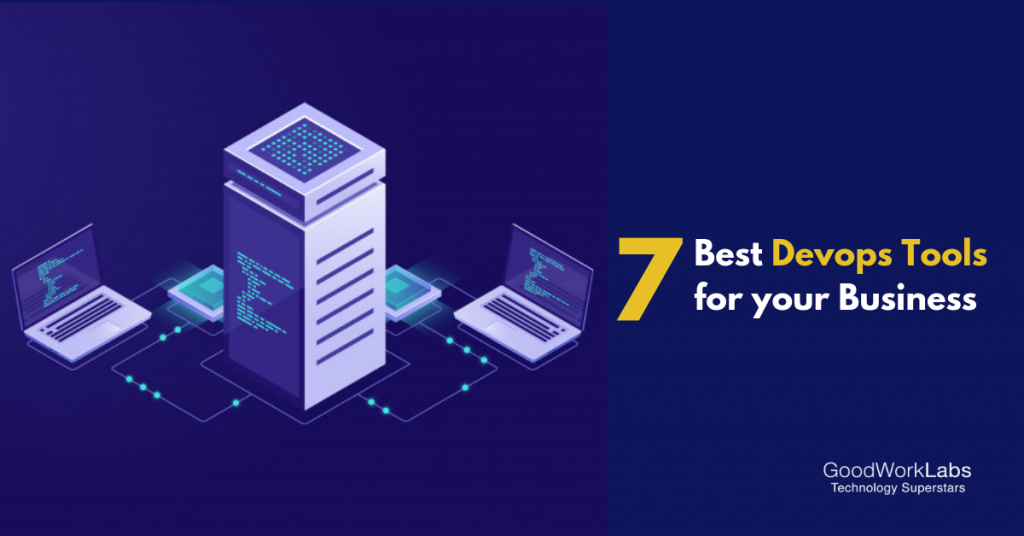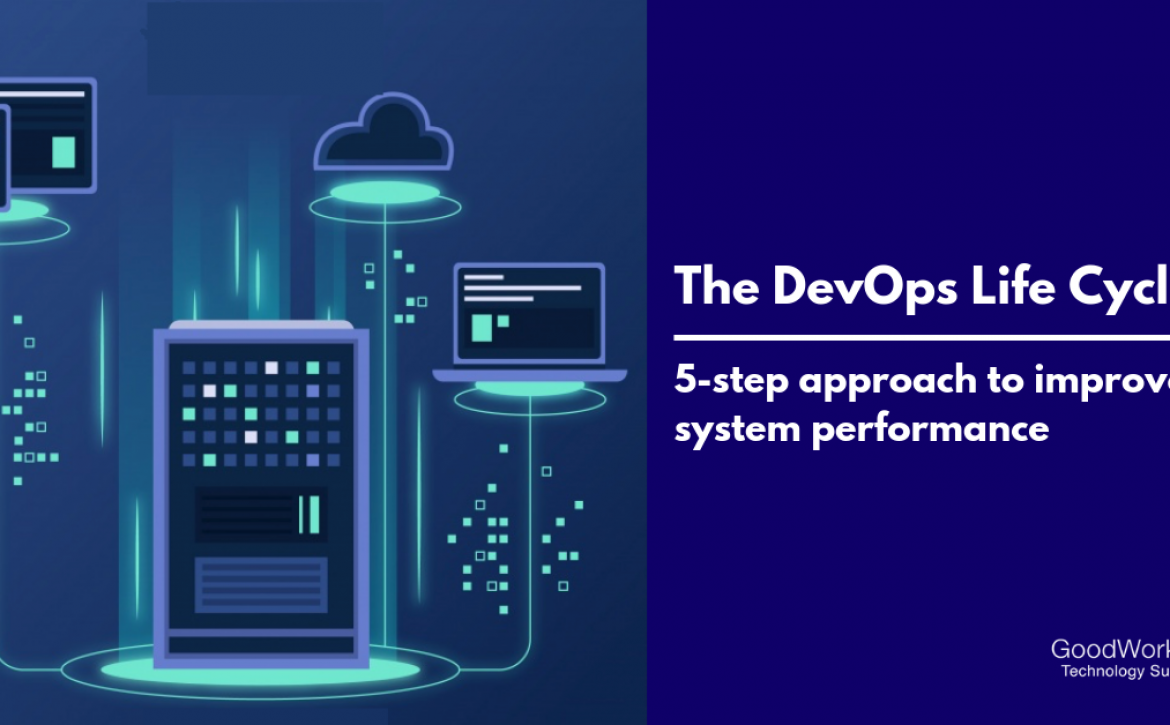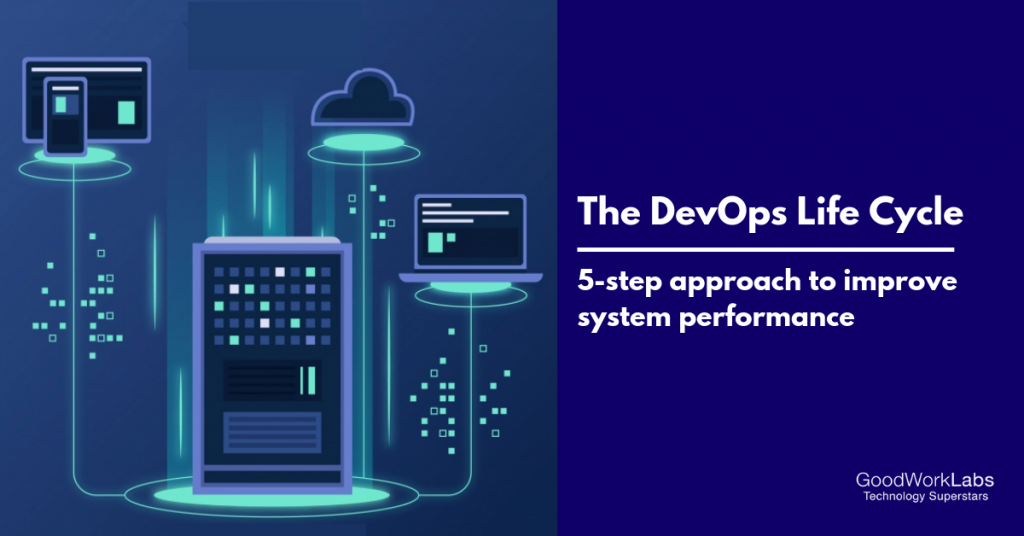The Growing Significance of DevOps in Software Development
Agile, quick, and high-quality software development has become important in the ever-changing world of software development. Traditional software development methods to keep up with the demands of the rapidly evolving industry. DevOps help fill this gap by providing a transformational strategy that unites development and operations teams and streamlines the whole software development lifecycle. In recent years, the importance of DevOps has increased dramatically. In this blog, we will examine why DevOps has become a cornerstone of modern software development.
Understanding DevOps
DevOps is not just a set of tools but a cultural shift that unites development, operations and quality assurance. To eliminate team barriers, it places a focus on cooperation, communication and automation. DevOps strives to create a seamless feedback loop for more rapid and reliable software delivery. It encourages shared ownership, quicker problem resolution and better code quality by tearing down silos. Through the software development lifecycle, this perspective promotes agility and unity while directing teams toward shared goals. Let us now look at the significance of DevOps in software development .
1) Accelerating the Development Cycle
- In traditional software development, a sequential model is used where different teams oversee distinct phases including development, testing, and deployment.
- As a result this disconnected approach causes delays and inefficiencies due to handover issues and communication breakdowns. However, DevOps offers a pipeline for continuous integration and delivery (CI/CD).
- Code updates can easily be merged by developers into a shared repository, which initiates automated tests. Due to the quick integration, problems can be quickly found and fixed.
- The expedited development cycle cuts down on time to market, which is essential in today’s cutthroat industry.
- The streamlined DevOps method guarantees smooth team cooperation, eliminates bottlenecks, and empowers businesses to react rapidly to market needs while retaining software quality.
2) Enhancing Communication and Collaboration
- The culture of cross-functional collaboration between the development, operations, and quality assurance teams is fostered by DevOps.
- This is accomplished by constant communication and a shared sense of responsibility over the whole application lifecycle.
- By eliminating misconceptions, this method improves understanding each team’s requirements and challenges.
- The end effect is a peaceful environment that avoids the insignificant blame game that is frequently seen in conventional settings.
- DevOps promotes collaborative problem-solving and continual improvement rather than focusing on blaming others.
- The collaboration between teams provides an opportunity for creative ideas, effective problem-solving, and streamlined procedures.
- By collaborating, DevOps fosters a cooperative environment that is focused on achieving common goals, improving software quality, and increasing overall efficiency.
3) Ensuring Quality Through Automation
- DevOps is built on the fundamental notion of automation.
- DevOps promotes unwavering consistency and reliability by automating regular operations like testing, deployment and infrastructure configuration.
- Automated testing is essential because it finds bugs and vulnerabilities early in the development process, reducing the likelihood that serious issues will emerge in production.
- Infrastructure as Code (IaC), which enables teams to create and establish infrastructure via code and eliminates manual errors, are equally important.
- Using this method ensures uniform surroundings during the development, testing and production phases.
- The combination of various automated techniques strengthens the development pipeline by lowering the risk of human error, increasing productivity, and quickening the release of high-quality software.
4) Improved Stability and Reliability
- By improving the stability and dependability of programs, DevOps approaches have a transformational impact.
- Automated testing and continuous monitoring are two crucial elements that form the basis of this influence.
- Automated testing serves as a watchful keeper, identifying any flaws early on in the development process and preventing potential chaos in later stages.
- Continuous monitoring serves as a sentinel, giving real-time visibility into the application’s performance and the condition of its infrastructure.
- Teams are better able to respond quickly to problems before they escalate into end-user disruptions because of this real-time awareness.
- DevOps provides the groundwork for a strong software ecosystem by smoothly combining automated testing and continuous monitoring, which prioritizes the user experience and operational excellence.
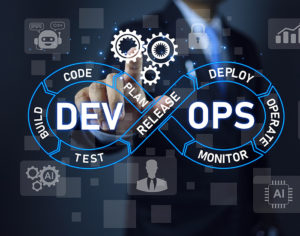
5) Flexibility and Adaptability
- Developers are given the tools they need through DevOps to respond rapidly to changing market dynamics and requirements.
- Teams may effectively integrate consumer feedback and provide new products or upgrades quickly by using an iterative strategy.
- Organizations may quickly pivot thanks to this expedited cycle, ensuring they stay at the top of the competitive environment.
- DevOps provides businesses with the tools they need to navigate the always changing software landscape, ensuring that their services are always in line with the needs of their consumers and the market.
- It does this by encouraging collaboration, automation, and a culture of continuous development.
6) Cost Efficiency and Resource Optimization
- DevOps fosters a collaborative spirit in contrast to conventional techniques, which separate teams for development, testing, and operations.
- By coordinating developers and operations, this shared responsibility model streamlines resource allocation and reduces redundancy.
- Coordinating efforts reduces idle time and improves the efficiency of infrastructure use.
- Automation increases savings even more because it reduces the chance of human error during deployment and scaling operations. This decrease in manual intervention reduces downtime and prevents expensive production errors.
- The collaboration, shared ownership and automation that make up DevOps foster a leaner operational model where resources are wisely deployed, costs are kept to a minimum and software development lifecycle is efficiency maximized.
7) Supports Innovation and Experiments
- DevOps acts as a catalyst for quick iteration. As soon as features are introduced, developers can collect user feedback and make improvements based on actual usage.
- The versatility of DevOps makes it easier to accept containerization and microservices design, which supports modular development.
- This modularity encourages innovation by enabling the autonomous development, testing and deployment of individual components.
- This autonomy promotes original thinking and hastens the development of new solutions.
- An innovation-driven culture is fostered within firms using this strategy.
- DevOps helps teams to explore uncharted territory, quickly adjust to market fluctuations and create cutting-edge solutions that resonate with changing customer expectations in addition to accelerating iteration.
The increasing importance of DevOps’ in software development cannot be disputed. It provides a remedy for the difficulties brought on by the competitive, quick-paced character of the market. Collaboration, automation and continuous improvement are prioritized by DevOps, which speeds up the delivery of high-quality software. Accelerated invention and experimentation cycles, greater collaboration, automated testing, lower costs and resource optimization are just a few of the advantages of DevOps. As the environment of software development changes adopting DevOps is not just a choice, but a necessity for being competitive and providing value to consumers.
GoodWorkLabs employs DevOps to catalyze digital transformation for businesses. By seamlessly integrating technology and operations, we enhance efficiency across all business facets. From fostering agile principles to technological automation, our holistic approach drives change. We champion the integration of digital tech into operational paradigms, fostering a culture of innovation. Our DevOps-driven ethos guarantees that we are constantly evolving, pushing boundaries, and utilizing new technology. We create IoT solutions that provide control by combining design thought and technical prowess. We accelerate the implementation of our goal through organized DevOps workflows. The dedication of GoodWorkLabs extends to staff augmentation, guaranteeing that top-tier technologists are easily incorporated into projects. This approach ensures that clients use the power of DevOps to navigate the ever-evolving digital landscape. To know more or uses our services please visit our website.











